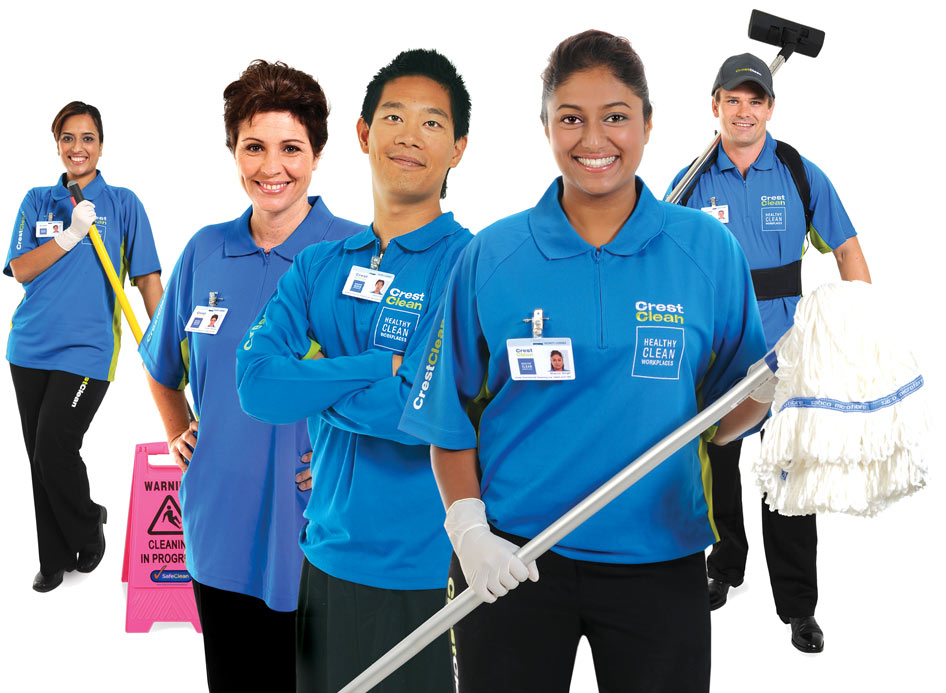Charles P. Gerba, PhD et al. Classroom Hygiene Study, 2009
Occurrence of Bacteria and Viruses on Elementary Classroom Surfaces and the Potential Role of Classroom Hygiene in the Spread of Infectious Diseases.
Reprint of a study from: The Journal of School Nursing Online. First, published on November 10, 2009.
Download full Study Here (PDF)
Summary:
The presence of microorganisms on common classroom contact surfaces (fomites) was determined to identify the areas most likely to become contaminated.
Six elementary classrooms were divided into control and intervention groups (cleaned daily with a quaternary ammonium wipe) and tested for heterotrophic bacteria. Three classrooms were also tested for norovirus and influenza A virus.
Frequently used fomites were the most contaminated; water fountain toggles, pencil sharpeners, keyboards, and faucet handles were the most bacterially contaminated; desktops, faucet handles, and paper towel dispensers were the most contaminated with viruses.
Influenza A virus was detected on up to 50% and norovirus on up to 22% of surfaces throughout the day. Children in the control classrooms were 2.32 times more likely to report absenteeism due to illness than children in the intervention classrooms and were absent longer (on average).
Improved classroom hygiene may reduce the incidence of infection and thus student absenteeism.
Authors:
Kelly R. Bright, PhD, Stephanie A. Boone, MPH, PhD, and Charles P. Gerba, PhD
Click here for more information about New Zealand’s best educated School Cleaners



